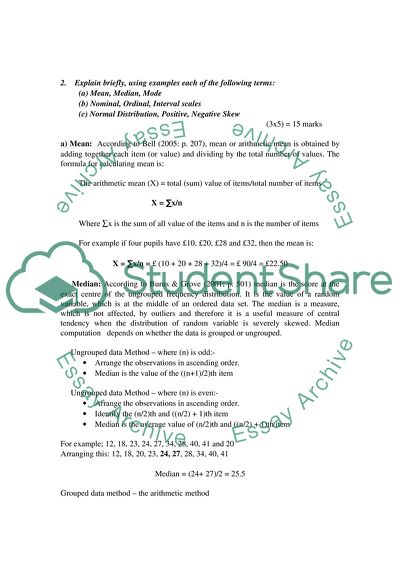Cite this document
(Statistics: Research Methods Assignment Example | Topics and Well Written Essays - 4250 words, n.d.)
Statistics: Research Methods Assignment Example | Topics and Well Written Essays - 4250 words. https://studentshare.org/statistics/1708902-research-methods-statistics
Statistics: Research Methods Assignment Example | Topics and Well Written Essays - 4250 words. https://studentshare.org/statistics/1708902-research-methods-statistics
(Statistics: Research Methods Assignment Example | Topics and Well Written Essays - 4250 Words)
Statistics: Research Methods Assignment Example | Topics and Well Written Essays - 4250 Words. https://studentshare.org/statistics/1708902-research-methods-statistics.
Statistics: Research Methods Assignment Example | Topics and Well Written Essays - 4250 Words. https://studentshare.org/statistics/1708902-research-methods-statistics.
“Statistics: Research Methods Assignment Example | Topics and Well Written Essays - 4250 Words”. https://studentshare.org/statistics/1708902-research-methods-statistics.


